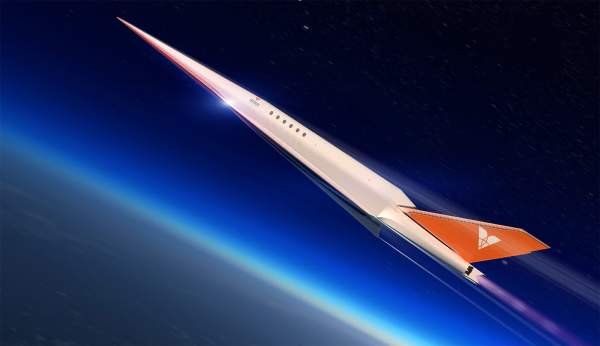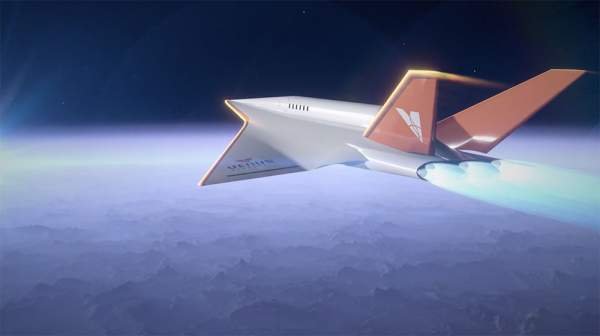
Human innovation in travel has always been driven by the desire to go faster. From the invention of the wheel to the age of trains, cars, and airplanes, the quest for speed has been constant. Now, we’re on the verge of a monumental leap forward: hypersonic flight. Imagine flying from London to New York in just one hour. Thanks to groundbreaking advancements by companies like Venus Aerospace, this isn’t just a futuristic dream—it’s becoming a reality.
The journey toward faster air travel began in the 1970s with the introduction of Concorde, the world’s first supersonic commercial airliner. This jet revolutionized transatlantic travel, cutting flight times in half and making it possible to fly from New York to London in under three hours. However, Concorde’s high operating costs and the infamous sonic booms eventually led to its retirement. Since then, airlines have relied on slower, more fuel-efficient subsonic jets that prioritize passenger capacity.
But now, faster-than-sound travel is making a comeback, with engineers pushing beyond supersonic speeds into the hypersonic realm.
At the forefront of this technological revolution is Venus Aerospace. They’re not just looking to revive supersonic flight—they’re aiming for hypersonic speeds. With their innovative jet design, powered by the state-of-the-art VDR2 engine, Venus Aerospace envisions reducing the flight time between London and New York to under one hour.
What Is Hypersonic Flight?
To understand the excitement around hypersonic jets, it helps to know what hypersonic flight means. Any speed above Mach 5—five times the speed of sound, or roughly 3,800 mph at sea level—qualifies as hypersonic. For comparison, Concorde flew at Mach 2, which was already incredibly fast, halving the traditional transatlantic flight time. Now, imagine planes capable of flying at Mach 5 or 6, slashing global travel times even further.
At the heart of Venus Aerospace’s vision is the VDR2 engine (Venus Detonation Ramjet 2000 lb Thrust Engine). While the word “detonation” might sound alarming, it refers to advanced combustion technology that enables the engine to generate immense power at hypersonic speeds. Designed to push aircraft to Mach 6, the VDR2 is poised to redefine the speed and efficiency of air travel.

A New Era of Air Travel
The idea of crossing the Atlantic in under an hour is staggering. What Concorde did in under three hours, a hypersonic jet could achieve in just 60 minutes. Such speeds would be transformative for business travel, global tourism, and even cargo logistics. The potential to make international connections faster than ever before would reshape how we think about travel across the globe.
Venus Aerospace is getting closer to making this vision a reality, with the first test flights expected soon. These tests, conducted in partnership with aerospace company Velontra, aim to demonstrate the viability of hypersonic engines and open the door to the future of aviation.
Like Concorde, hypersonic jets will fly at much higher altitudes than standard commercial aircraft. At altitudes of 60,000 feet or more, passengers will not only experience unprecedented speeds but will also have the opportunity to witness the curvature of the Earth—a breathtaking view far beyond what traditional airliners offer.
The Future of Travel
Hypersonic jets could revolutionize air travel on a global scale. Imagine flying from Tokyo to Los Angeles in just a couple of hours, or zipping across continents in a fraction of the time we currently spend in the air. For business travelers, tourists, and even freight companies, the impact would be immense.
The dream of hypersonic flight is closer than ever, and with Venus Aerospace leading the charge, it could soon become a reality. We may be on the brink of a new era where international travel becomes as quick as a regional flight, with destinations like London and New York just an hour apart.
As technology continues to evolve, hypersonic travel promises to reshape the future of aviation—and it might happen sooner than we think.





